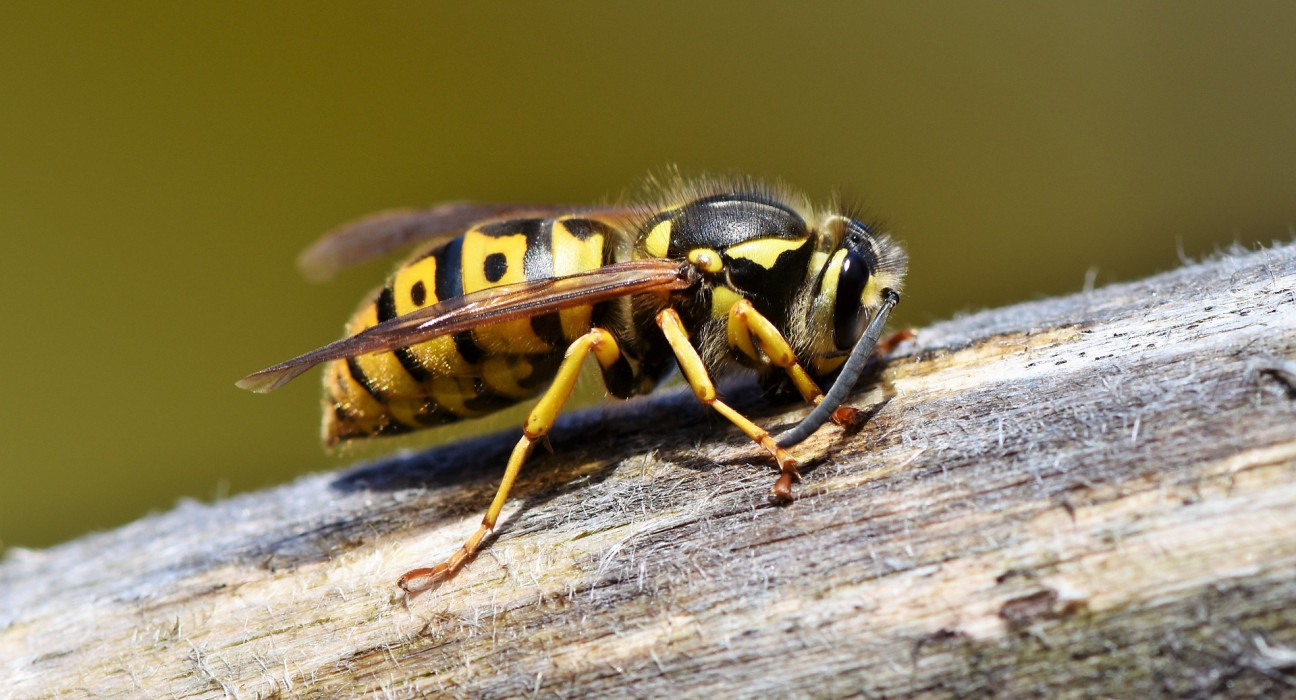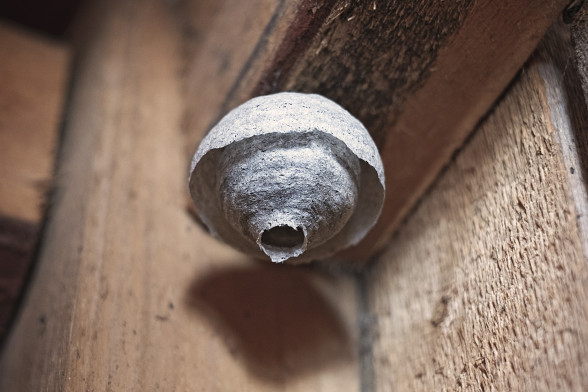
Wasps /Vespidae/
How do they look?
Wasps are 12-30 mm long, yellow-black-striped hymenopterans that live as social insects. At the end of a wasp's abdomen, there is a stinger formed from the ovipositor.
Where do they live?
Social wasps construct paper nests, using chewed wood and saliva as the building material. Inside the nest, there are visible layers of hexagonal cells, formed to accommodate eggs from which larvae hatch. The nests are commonly built in tree hollows, under house eaves, in barns, and sometimes underground. Multiple wasps typically inhabit each nest.
What do they eat?
Adult wasps feed on plant and animal-derived substances, including pollen, nectar, honeydew produced by aphids, fruits, and they hunt insects and their larvae. Social wasps also provision their larvae with partially chewed or macerated insects. The larvae, in turn, occasionally receive drops of liquid food, rich in amino acids, from the adult wasps.
Interesting and important facts
After nest creation, the first generation is fed by the queen. As soon as the first worker wasps develop, the queens' task is solely to lay eggs. Young queens and males develop from larger eggs, while worker wasps come from smaller ones. In autumn, male wasps and worker wasps perish, and only mated queens overwinter.
If a queen dies for some reason, one of the workers becomes the new queen. It is dangerous for humans if a wasp stings in the mouth or throat, so in summer, it is advisable to eat fruits and drink sweet beverages cautiously, as wasps might be attracted to them. If stung by a wasp, the stinger should be removed immediately. The sting area should not be squeezed, as it might push the insect's venom sac deeper. Applying a cooling or weak vinegar compress to the affected area is recommended. Antihistamines can be used, and in cases of severe pain, painkillers are advisable.
Information sources: Wikipedia, Kreslina L. ‘Insects in Latvia’, www.la.lv
Photo: pixabay.com

